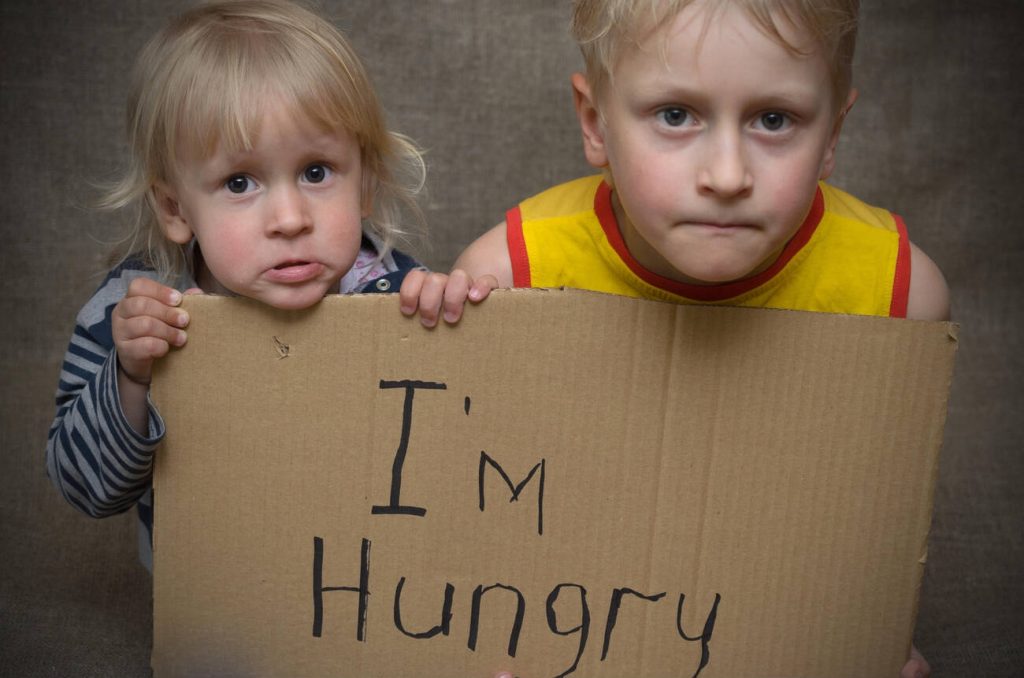
PRESS RELEASE – October16, 2023
As the United States grapples with the possibility of a government shutdown and the expiration of the farm bill, which finances the Supplemental Nutrition Assistance Program (SNAP), the country is confronting a growing crisis of food insecurity. Hunger prevention advocates are urging Congress to renew the bill, but the likelihood of a revised iteration being completed soon is low. Meanwhile, food insecurity continues to rise, affecting more than 34 million people, including nine million children.
A household survey conducted by the US Census Bureau revealed that more than 26 million Americans did not have enough to eat during a 12-day study period, representing a nearly 50% increase from a similar period in 2021. This upsurge is attributed to several factors, including the end of pandemic-era aid. Another study by Feeding America emphasized the far-reaching consequences of hunger, with approximately 80% of Americans experiencing hunger believing that inflation and rising food costs have worsened the issue.
The pandemic has reshaped the landscape of food insecurity, signaling one of America’s gravest growing crises. Factors such as rising housing costs, job loss, unemployment, chronic health conditions or disabilities, and an abundance of low-paying jobs are significant contributors to food vulnerability. Food banks and charities have been deeply affected by inflation and supply chain disruptions. Cuts to social assistance and fixed-income programs like food stamps, the child tax credit, and pensions have exacerbated the situation. Many Americans, especially those on fixed incomes due to disability or age, are struggling to match the rising cost of food.
Organizations like the Father’s Heart Ministries in New York have seen a dramatic increase in the number of people seeking food assistance. The ministry reports a 96% increase in food pantry bags distributed on Saturdays compared to pre-pandemic levels. Similarly, Feeding America distributed 5.3 billion meals in fiscal year 2023, with around 70% of responding food banks reporting an increase or steady demand for food assistance.
The pandemic has aggravated food insecurity among families with children and communities of color, who were already disproportionately affected by hunger before the outbreak. Many of these households don’t meet the eligibility criteria for federal nutrition programs, forcing them to turn to local food banks and other community food assistance programs. Local food initiatives are critical in fighting food insecurity, as they understand their neighborhood’s assets and challenges better than anyone. Advocates are calling for increased SNAP benefits, investment in workforce development and job training programs, tackling the root causes of poverty and inequality through policy changes, and expanded access to food banks and other community-based food assistance programs.
The escalating food insecurity in the U.S., fueled by rising food costs and policy changes, is a pressing issue that requires immediate attention and action. Frontline organizations are stepping in to fill the gap, but broader support and sustainable solutions are needed. As the crisis continues to grow, the importance of community action, policy intervention, and increased awareness becomes increasingly clear.